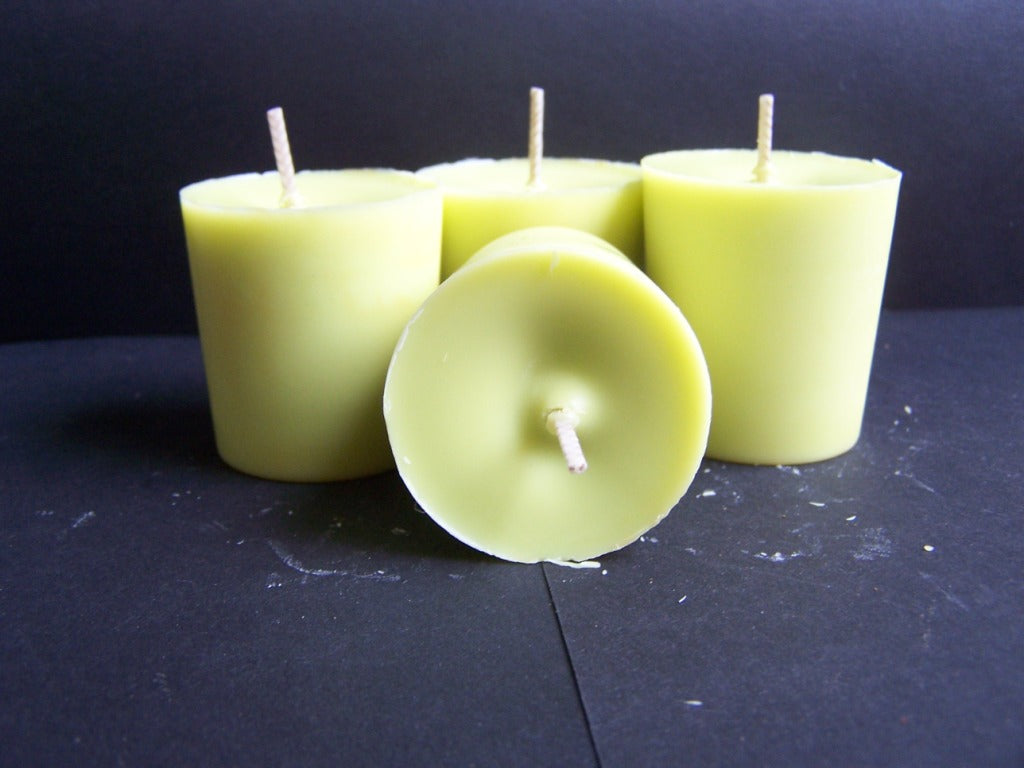Illuminate Your Setting with Crystal Soy Candles and Home Fragrance
Wiki Article
From Wick to Wax: Recognizing the Chemistry Behind Soy Wax Candles and Their Environmental Influence
As we illuminate our spaces with the cozy radiance of candle lights, there exists a realm of complex chemistry behind the apparently easy act of lighting a soy wax candle. Join us as we unwind the clinical details behind soy wax candle lights and discover their effects on our environment.Soy Wax Vs. Paraffin Wax
When contrasting soy wax and paraffin wax for candle light making, it is necessary to comprehend the distinctive attributes and benefits of each material. Soy wax is an all-natural, renewable energy originated from soybean oil, making it environmentally friendly and biodegradable - candles. In comparison, paraffin wax is a by-product of petroleum refining, which raises issues about its environmental impact and sustainabilitySoy wax candle lights shed cleaner and discharge less residue compared to paraffin wax candle lights, making them a healthier option for interior air high quality. Additionally, soy wax has a lower melting point, enabling a longer-lasting candle light that spreads scent much more properly. Paraffin wax, on the other hand, often tends to melt faster and much less cleanly, potentially launching hazardous chemicals right into the air.
From a sustainability point of view, soy wax is favored for its biodegradability and sustainable sourcing, straightening with the growing consumer choice for environmentally aware products. While paraffin wax has been a conventional selection in candle making because of its price and ease of use, the change towards eco-friendly options like soy wax is obtaining energy in the sector.
Chemical Composition of Soy Wax

Burning Process in Soy Candles
The chemical composition of soy wax straight influences the combustion procedure in soy candles, impacting aspects such as burn time, fragrance release, and environmental influence. When a soy candle is lit, the warmth from the flame melts the wax near the wick. This liquid wax is after that formulated the wick because of capillary action. As the fluid wax gets to the fire, it evaporates and undertakes burning. The burning procedure includes the vaporized hydrocarbons in the wax responding with oxygen in the air to generate warmth, light, water vapor, and co2.
The burning efficiency of soy candle lights is influenced by the pureness of the soy wax and the top quality of the wick. A clean-burning soy candle with a properly sized wick will lessen and generate a constant flame soot formation. This not just expands the melt time of the candle yet additionally boosts the release of scents. In addition, soy wax candles have a lower ecological influence compared to paraffin candle lights as a result of their biodegradable and eco-friendly nature.

Environmental Advantages of Soy Wax

Thought about a lasting option to traditional paraffin wax, soy wax offers notable ecological advantages that make it a popular choice amongst eco-conscious customers. Soy wax burns cleaner and produces much less soot than paraffin wax, contributing to far better indoor air high quality and lowering the need for cleaning and maintenance. Generally, the ecological advantages of soy wax line up with the expanding demand for green and lasting items in the market.
Recycling and Disposal Factors To Consider
Recycling and proper disposal of soy wax candles play an important role in maintaining ecological sustainability and minimizing waste in areas and households. When it pertains to reusing soy wax candles, the initial step is to ensure that the candle light has melted entirely. This can be achieved by enabling the candle to burn until the wick is no longer usable, and then letting the remaining wax cool and strengthen. As soon as the wax has strengthened, it can be thoroughly gotten rid of from the container.
In regards to disposal, if recycling is not an option, soy wax candles are naturally degradable and can be safely thrown away in the majority of family waste systems. However, it is always suggested to get in touch with regional recycling facilities or waste management services for specific standards on candle light disposal to guarantee correct handling and environmental management.
Conclusion
soy wax candles To conclude, the chemistry behind soy wax candles discloses their environmental benefits over paraffin wax candles. Soy wax, stemmed from soybean oil, burns cleaner and generates much less soot when compared to paraffin wax. The combustion process in soy candles is more reliable, causing a longer and extra even melt. Furthermore, soy wax is eco-friendly and renewable, making it a much more lasting selection for candle production. Reusing and correct disposal of soy wax candle lights additionally add to their environmental influence.When comparing soy wax and paraffin wax for candle production, it is crucial to recognize the distinct attributes and advantages of each material (soy candles).Soy wax candle lights melt cleaner and produce much less residue contrasted to paraffin wax candles, making them a much healthier selection for indoor air top quality.Considered a lasting option to traditional paraffin wax, soy wax offers significant environmental benefits that make it a prominent choice amongst eco-conscious consumers. Soy wax burns cleaner and creates less residue than paraffin wax, contributing to better interior air quality and decreasing the need for cleansing and upkeep.In conclusion, the chemistry behind soy wax candles exposes their ecological advantages over paraffin wax candle lights
Report this wiki page